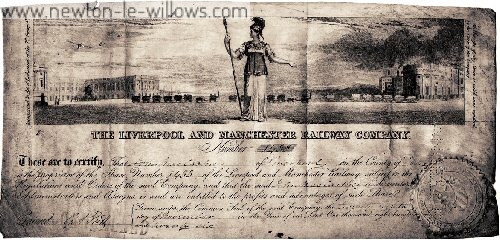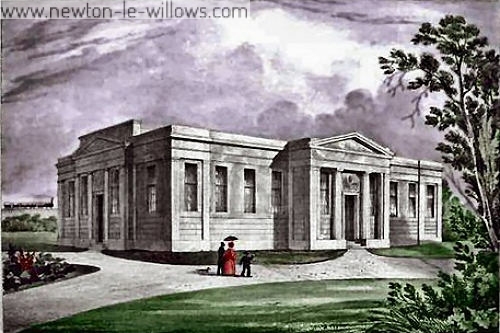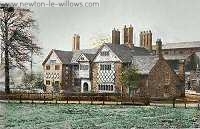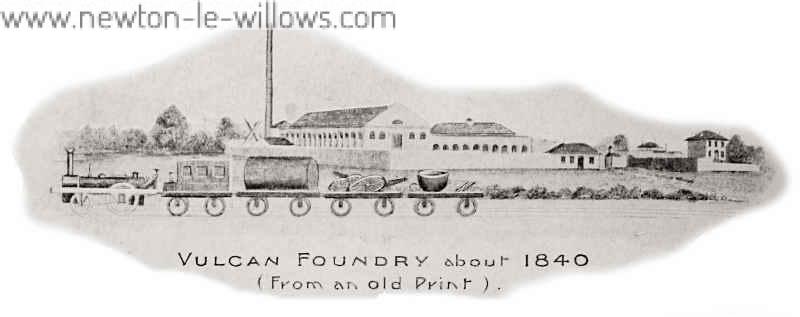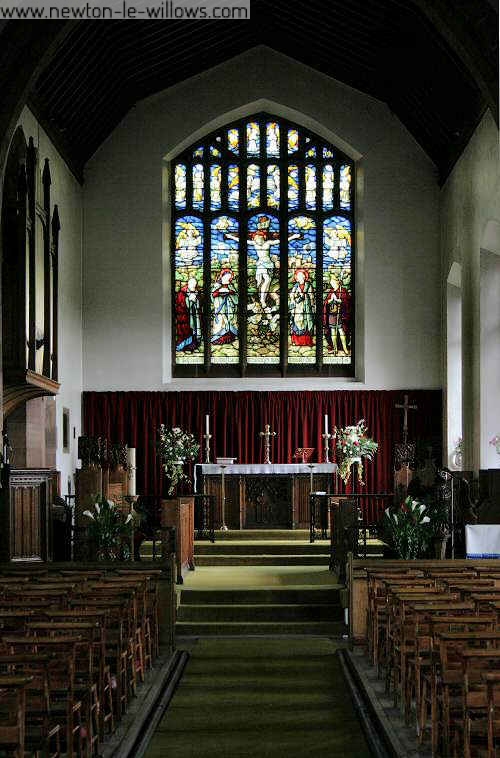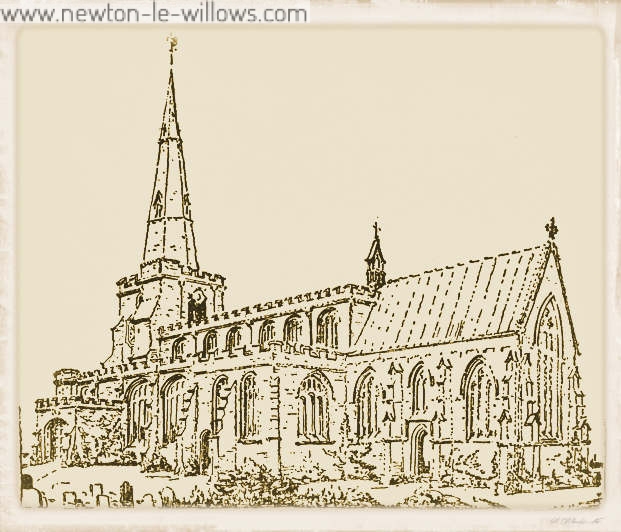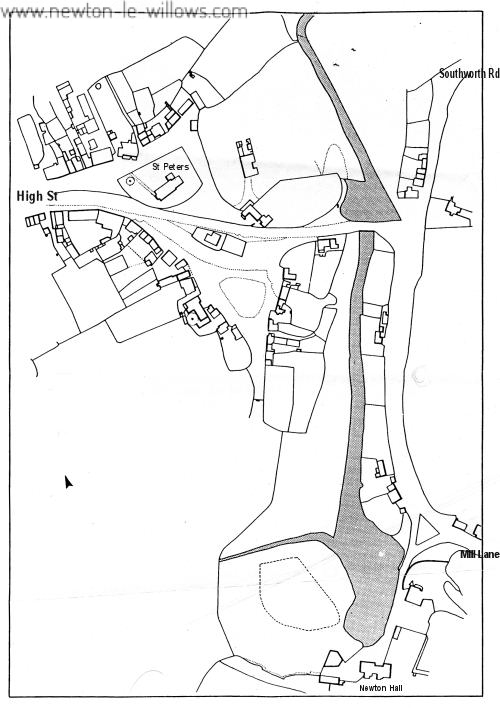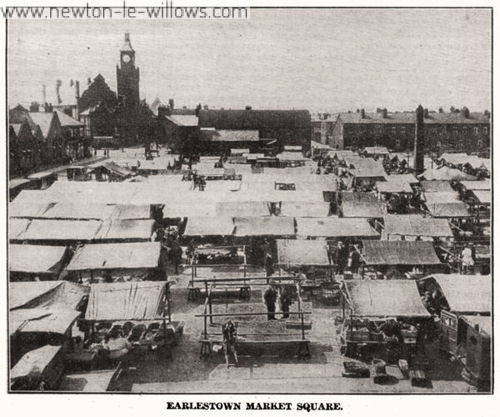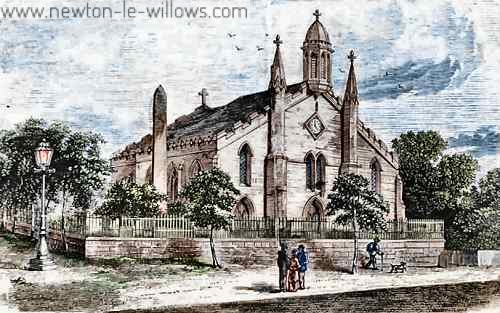The Cotton Trade In the latter part of the eighteenth century, the area surrounding the port of Liverpool and the growing town of Manchester was rapidly expanding. The American colonies had played a large part in promoting Liverpool as the port of import, and Manchester as the finishing centre for their cotton. Liverpool also dealt with the importation of rum, tobacco and slaves as well as establishing itself as the chief trading port with Ireland ? importing yarn which was then sent to Manchester. As an example of the enormous…
Read More >>Year: 2011
South Lancashire Conservative Association
The South Lancashire Conservative Association has scarcely been founded three years, and yet during that short period it has enrolled as members all the talent, wealth, and influence of that portion of the palatinate from whence it takes its name. To perpetuate the society a building for the accommodation of its members has been erected since the last anniversary dinner, which is at once the most prominent object in the town of Newton, and we trust will be a lasting monument of the good old English feeling which raised it.…
Read More >>Newton Hall : Archaeological Excavation
I tried as best I could to get video of Mark Adams giving details of what they had found in their excavation, and some video of Stan & John Boydell explaining the layout and uses of the various buildings; Please remember these clips are not edited at all, i have about 2 hrs of different clips from different days that i managed to visit the site, and I hope that when it’s all put together, I will end up with a little fly on the wall type documentary of the…
Read More >>A history of the Vulcan Foundry
In September, 1830, the Liverpool and Manchester Railway was opened, and to digress, here is a brief account of the ceremony. Being one of the first passenger lines in the country, its development must have had a profound influence on the policy and prosperity of the Vulcan Foundry, and the Locomotive industry as a whole during its early years, apart from its interest to all dwellers in South West Lancashire in its effect on the industrial life of the district. T. & S. Stone. The original stone inscribed T. &…
Read More >>St Peter’s Mission & All Saints Church, Crow Lane
To the Members of the Church of England dwelling at the Earlestown end of the Parish of St. Peter, Newton-in-Makerfield. DEAR FRIENDS, For your benefit we propose to hold. during the coming Winter and Spring, in the large room of the Mill Residence in Fairclough Street, to be entered from the Mill Yard by a new staircase 1. Divine Service every SUNDAY EVENING at 6-30; and also every THURSDAY EVENING at 8 o’clock, for which Prayer Books and Hymn Books will be supplied. 2. Sunday School every SUNDAY AFTERNOON from…
Read More >>St Oswald’s, Winwick Church
A FOREWORD It is with much pleasure that I commend this brief sketch of Winwick Church. To those who, like myself, have had the privilege of loving and living in Winwick, this beautiful Church stands on a little hill apart, not actually only, but ideally, for it possesses the atmosphere that comes from a long succession of devoted men and women whose worship and service have here been concentrated—the atmosphere that only comes where holy things have been loved and tended for many a day. In Mr. Pearce’s sympathetic outline…
Read More >>Newton in 1745
At this period the wages of an agricultural labourer were 10d per day without food, and 5d if his master provided him with meals. Carpenters and masons received ls 6d per day. The wants of the people, however, were few, and food was cheap, and a shilling had greater purchasing power than it has in the present day. In the early part of the 18th century the manufacture of woollens and of silk was encouraged, to the detriment of cottons and calicoes, and made rapid strides. Probably about this time…
Read More >>Earlestown Market 1938
Market successful despite removal Trading centre provided for new town. Prosperous council undertaking at Earlestown Having commenced the story in the middle and glanced at the finish to see the happy ending it would now be appropriate to look at the opening chapter of the story and see how it began. From very remote times Newton-in-Makerfield has held a very important position. It stands on the northern road between Warrington and Wigan and about the same distance from both. In the days when Saxon kings ruled over the island it…
Read More >>Newton-in-Makerfield : yr 1825-35
NEWTON IN MACKERFIELD. NEWTON IN MACKERFIELD is a small Borough Town and Chapelry in the Parish of Winwick, and in the Hundred of West Derby; 5 miles N. of Warrington, and 7 miles S. of Wigan. This Borough contains 275 houses, occupied by 289 families, consisting of 1643 persons. Of these families 56 are employed chiefly in agriculture, 221 in trade,” manufactures, or handicraft, and the remaining 13 are either engaged in professional pursuits or unemployed. The rental of the lands, messuages, and other buildings in the township, according to…
Read More >>